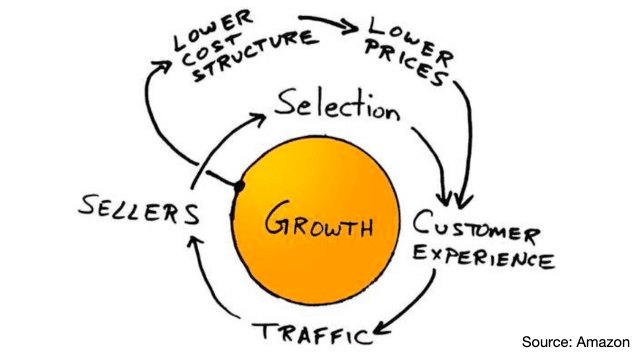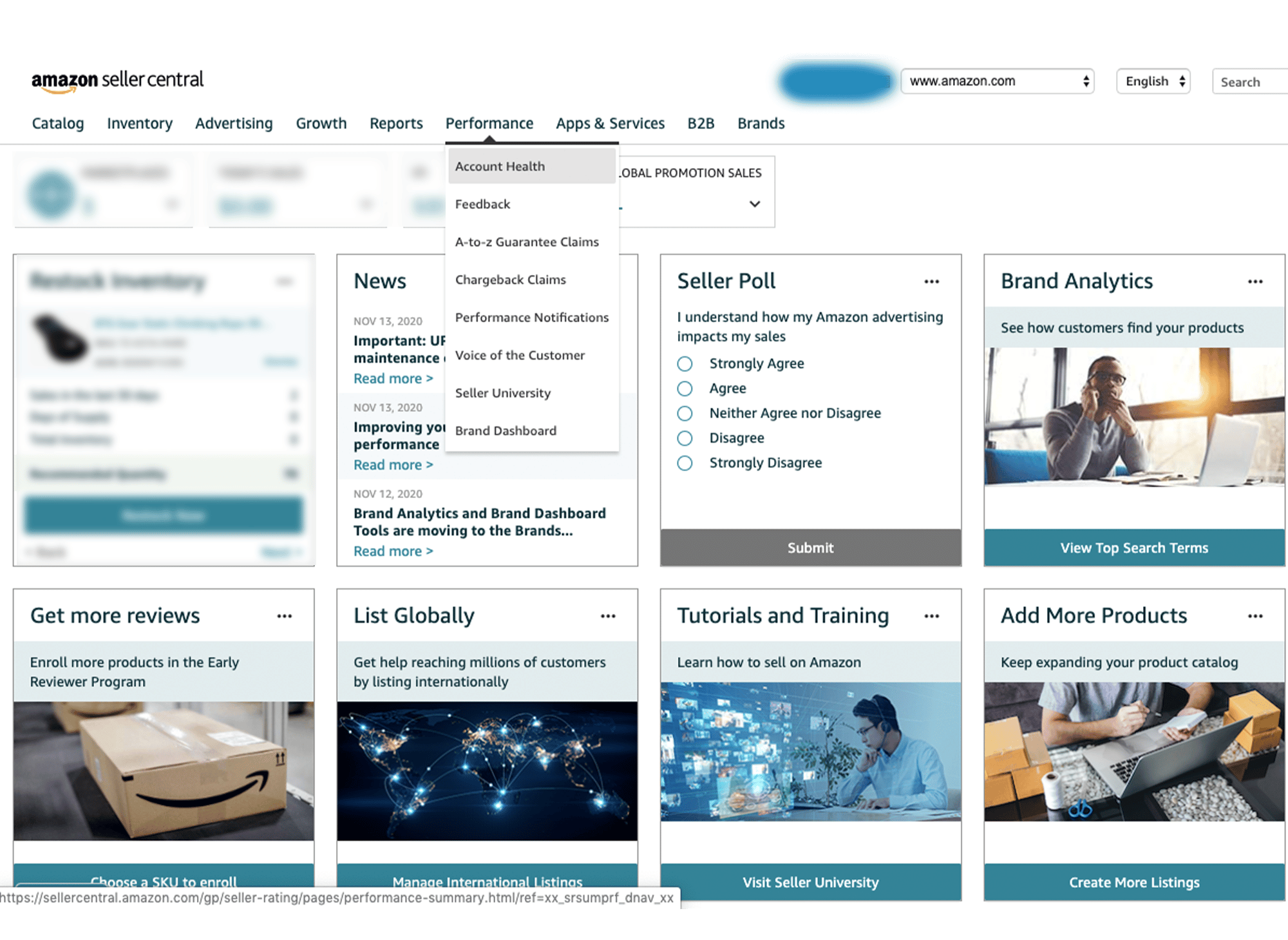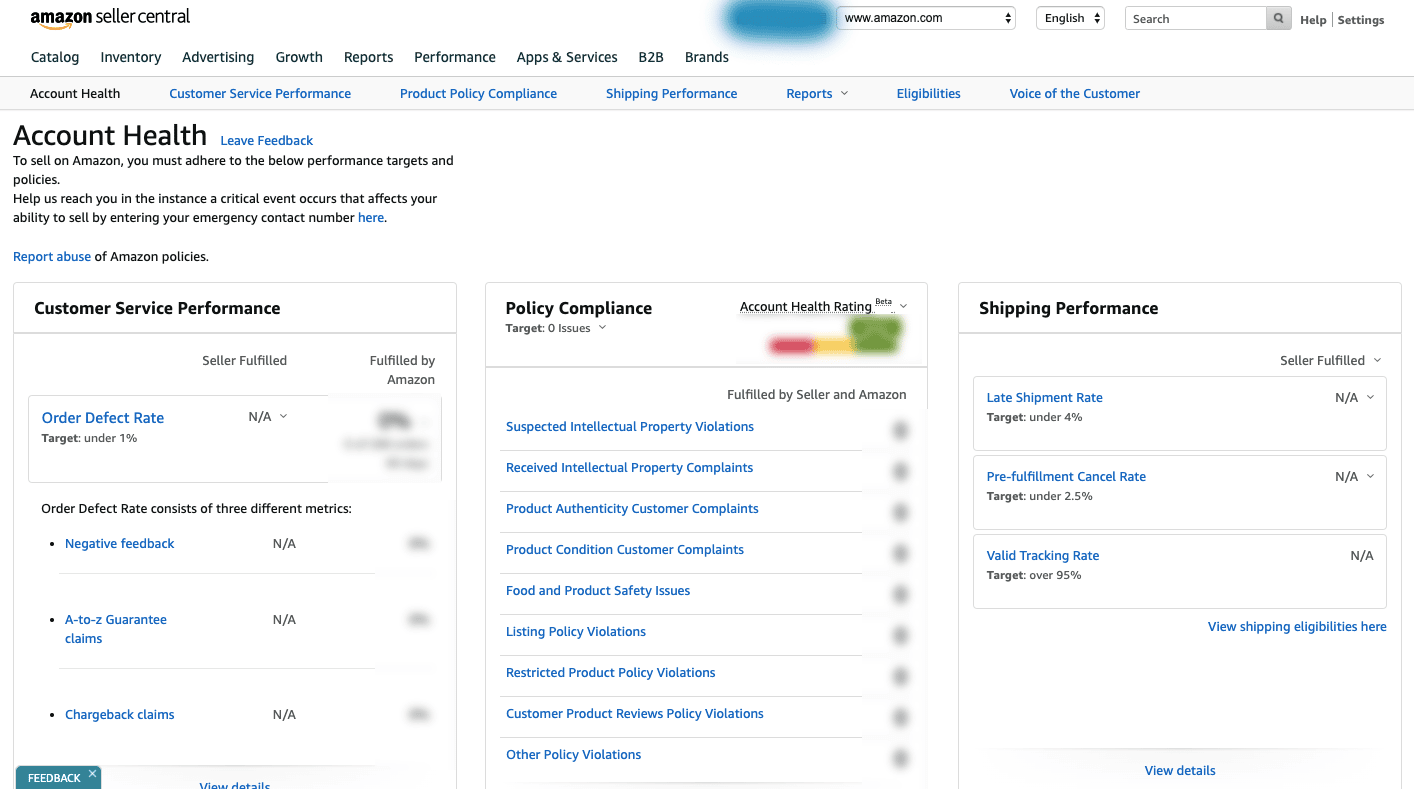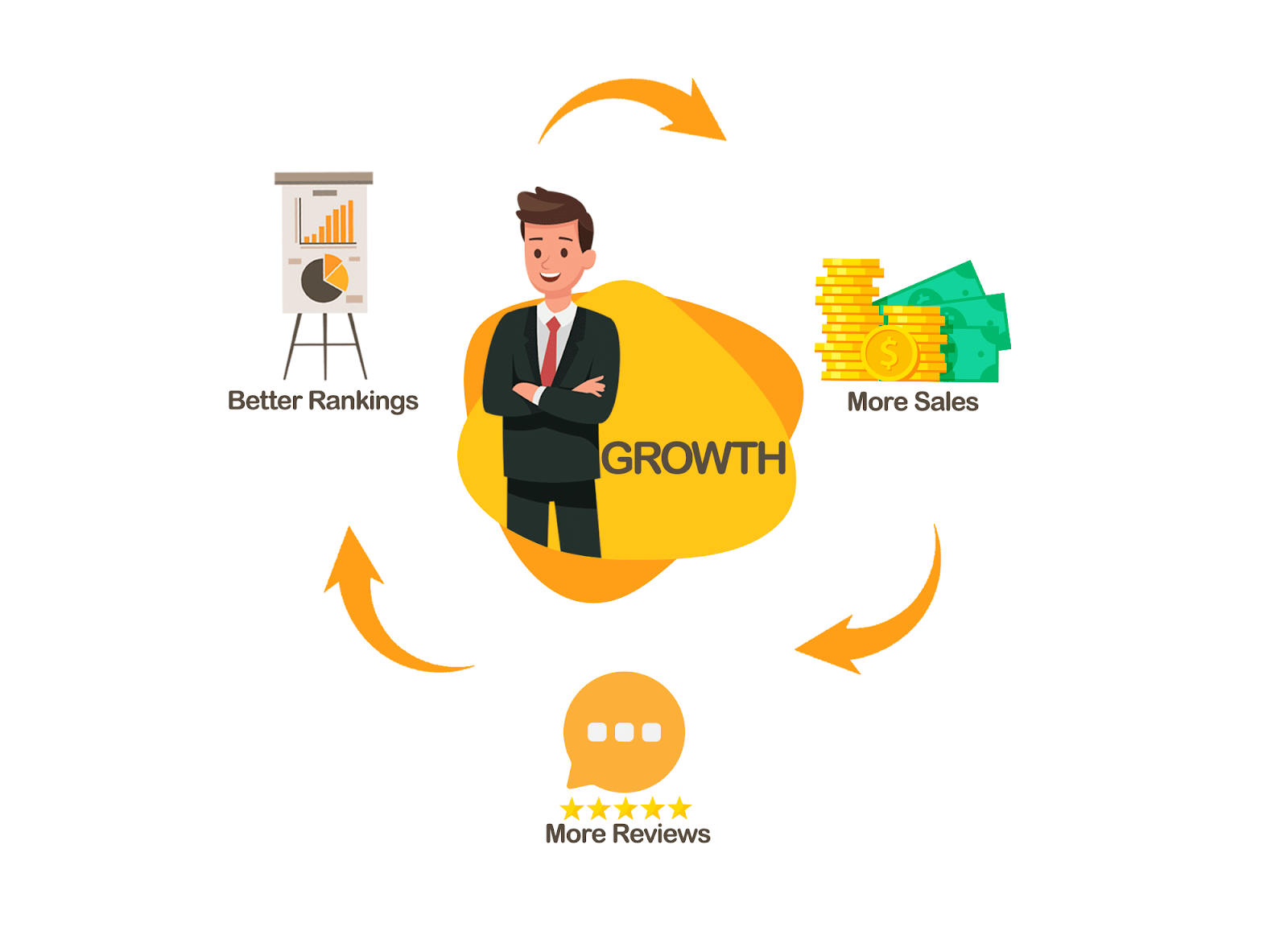What is the Amazon Flywheel? Explained In 7 Easy Steps
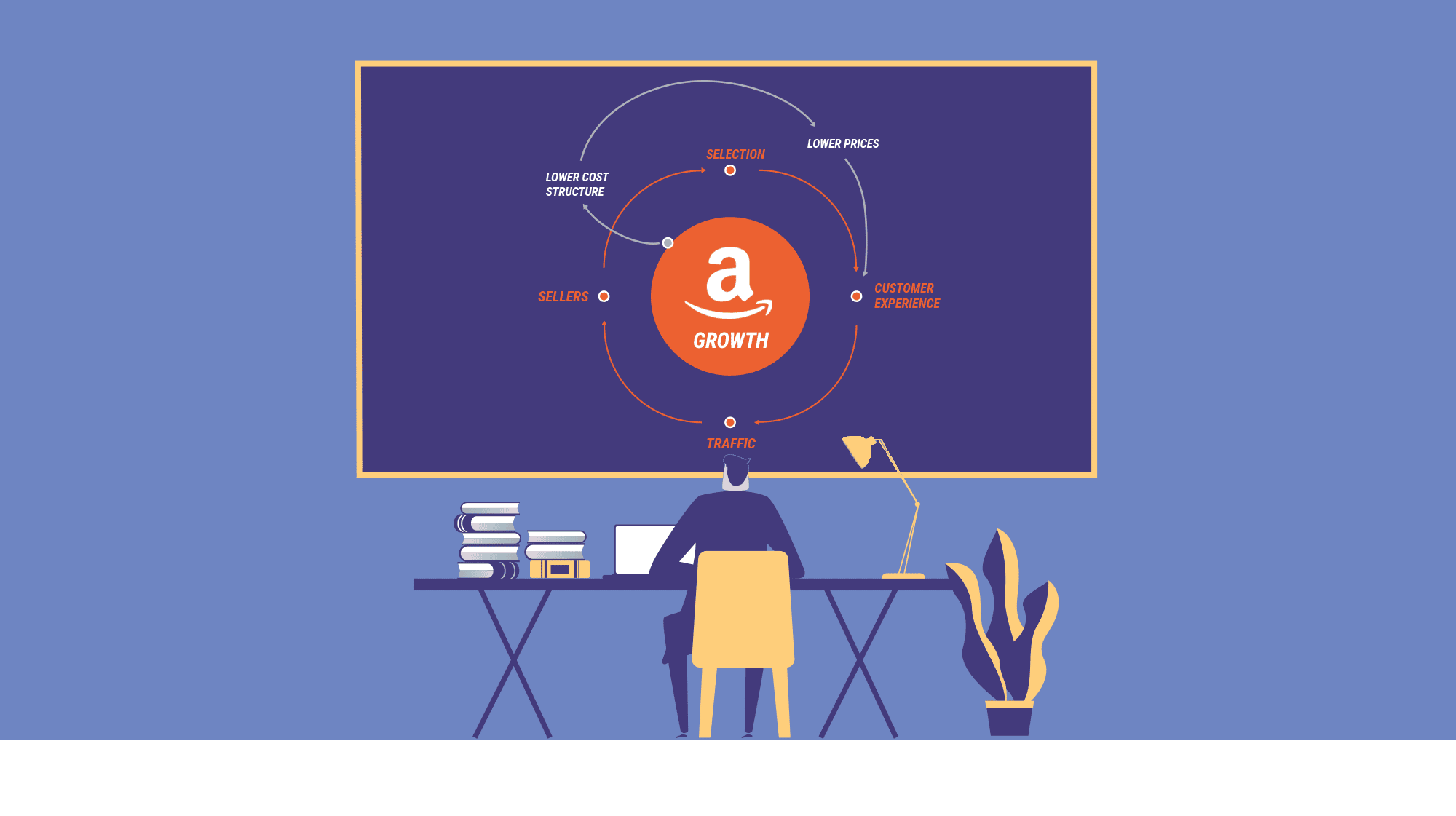
Amazon has become one of the most successful companies in the world. The model it uses—the Amazon Flywheel—is not a secret and any seller who understands and applies it can increase their revenue.
In this article, we will take a look at all aspects of the Amazon Flywheel, and how you can apply it to your own brand.
Contents
- What Is the Amazon Flywheel?
- How the Amazon Flywheel Works
- The Three Main Focuses of the Amazon Flywheel
- How Effective Is the Amazon Flywheel?
- The Pros and Cons of the Amazon Flywheel to Third-Party Sellers
- How You Can Apply the Amazon Flywheel to Improve Your Brand
- Amazon Sellers Flywheel
- Conclusion
What Is the Amazon Flywheel?
If you aren't familiar with a flywheel, picture a massive metal desk mounted on an axle. Your end goal is to get the flywheel rotating fast on its own.
The idea is you need to apply an enormous amount of force to start moving the flywheel. But as you keep turning it, enough momentum builds up that the whole thing begins to rotate on its own.
In much the same way, Amazon’s growth resembles that of a flywheel—each step in their growth strategy is a turn in the flywheel that helped the company build momentum and become what it is today.

Just like an ordinary flywheel, the Amazon Flywheel is designed so that every aspect of the process will help propagate the others, causing a virtuous cycle, which is also another term for it.
The Three Main Focuses of the Amazon Flywheel
Bezos’ growth strategy is famous for being first sketched out on a napkin. (Apparently, for all the money he’s got, Jeff couldn’t get a proper sheet of paper at that time.)
They identified the three most important aspects that will propel Amazon to greatness:
- Low prices
- Huge selections and
- Great delivery experience
The Amazon Flywheel is illustrated like this:
The Amazon Flywheel is responsible for Amazon’s fast growth.The idea is that every aspect Amazon exerts effort on should result in the improvement of all others. Bezos wants Amazon to be the most customer-centric company in the world, so they determined that the best way to strategize is to consider what the customer wants and work backwards from there.
How the Amazon Flywheel Works
In order to be appealing to customers, Amazon made its prices very low. This results in a better customer experience, which leads to increased traffic to the site. Soon, the Everything Store is flocked with people who are looking for a good bargain (a.k.a. most people).
Traffic is not limited to customers, however. Instead of selling only Amazon-exclusive products, Bezos and his team welcomed third-party sellers to fuel the next most important aspect: selection.
This might seem counterintuitive at first. Why would you allow competitors to join your platform when you can easily monopolize it?
However, as mentioned earlier, Amazon prioritizes customer experience above all else. And yes, that sometimes includes foregoing the chance to earn more profit.
Sure, people are attracted to low prices, but it would be more appealing to have a platform that offers more options. As more brands join the Amazon world, it creates diversity and increases the supply, resulting in further decrease in prices.
Whatever Amazon gains is then reinvested into structures that help lower prices and improve customer experience. For example, more FBA (Fulfillment by Amazon) warehouses are built and more delivery trucks and planes are purchased.
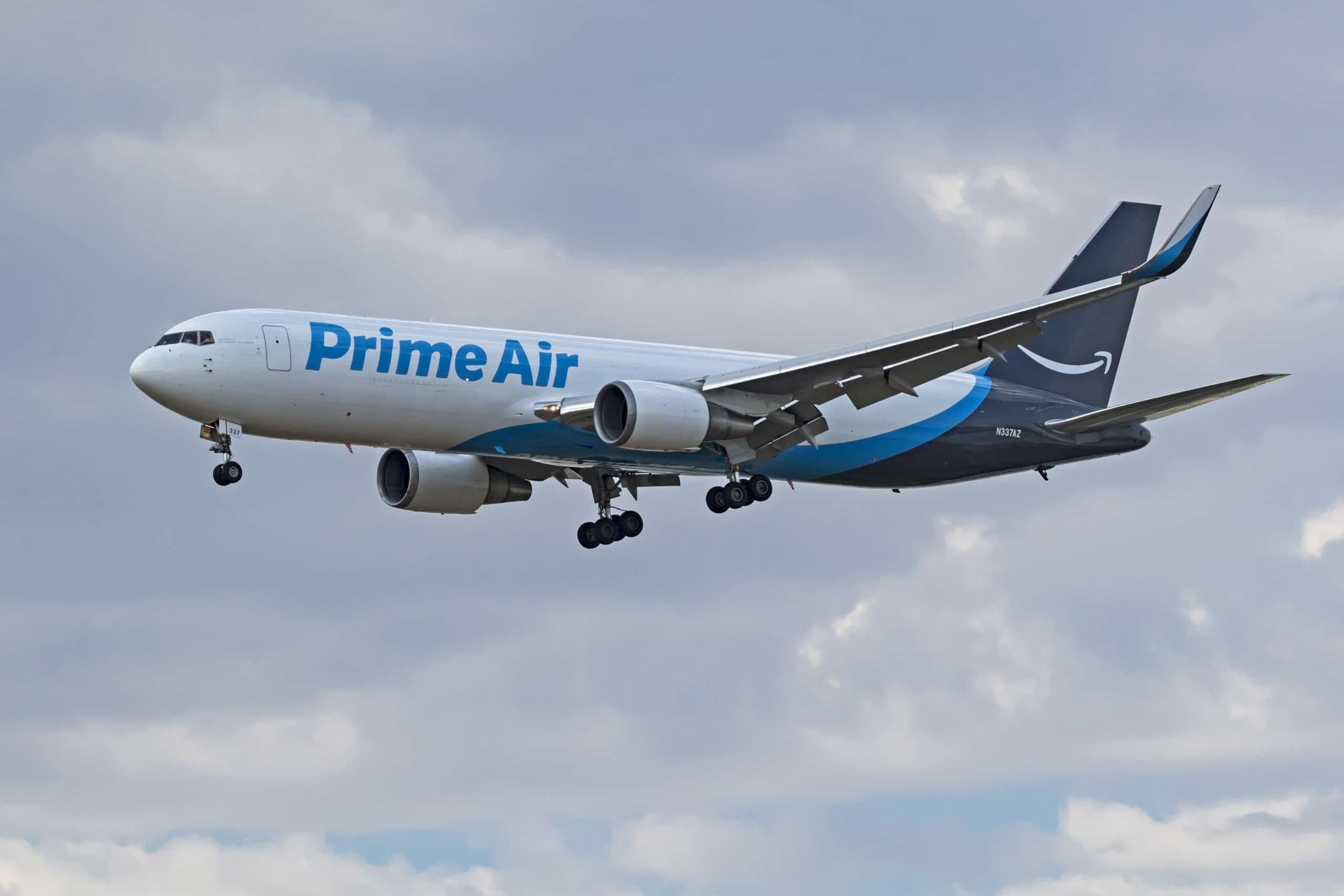
Any improvement made on any of the items in the Flywheel positively affects all others, further fueling the Virtuous Cycle.
How Effective Is the Amazon Flywheel?
The fact that Jeff Bezos is the richest man today and that Amazon is the biggest online marketplace on the planet should be enough to convince you that the strategy works. However, to appreciate it even more, here is how much Amazon has grown over the years because of the Flywheel model.
According to Forbes, as of July 2020, Amazon’s stock price increased to $3,200. This is partly because of the fact that the pandemic has caused more consumers to buy online. With the circumstances in favor of ecommerce, it’s not surprising that Amazon will continue to see increases in revenue.
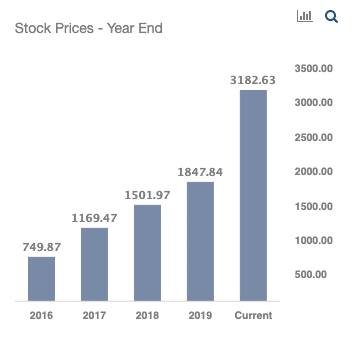
Of course, the stock price wouldn’t be this high if the revenue also did not grow significantly. The following graph from Statista shows the company’s revenue in billion US dollars.
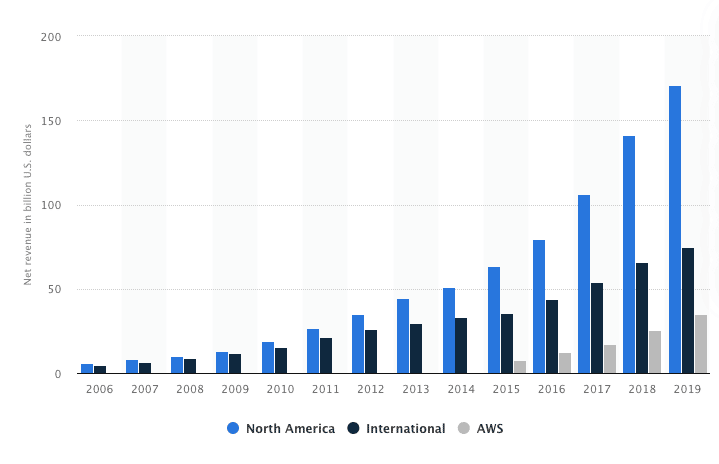
The company also has about 935,000 employees, which is a huge jump from its humble beginnings in Bezos’ garage in 1994. There are also over a hundred Amazon warehouses all over the world, with some of them as big as a couple of football fields.
The Pros and Cons of the Amazon Flywheel to Third-Party Sellers
Third-party sellers are welcomed by Amazon because they provide customers with more options. Thus, the Flywheel benefits sellers in that they are allowed to market their products on the platform, reaching more people.
This also means that brand owners are able to take advantage of Amazon’s other services such as fast delivery through Prime as well as storage and fulfillment through FBA. There is also an option to bundle products easily for a more effective promotion.
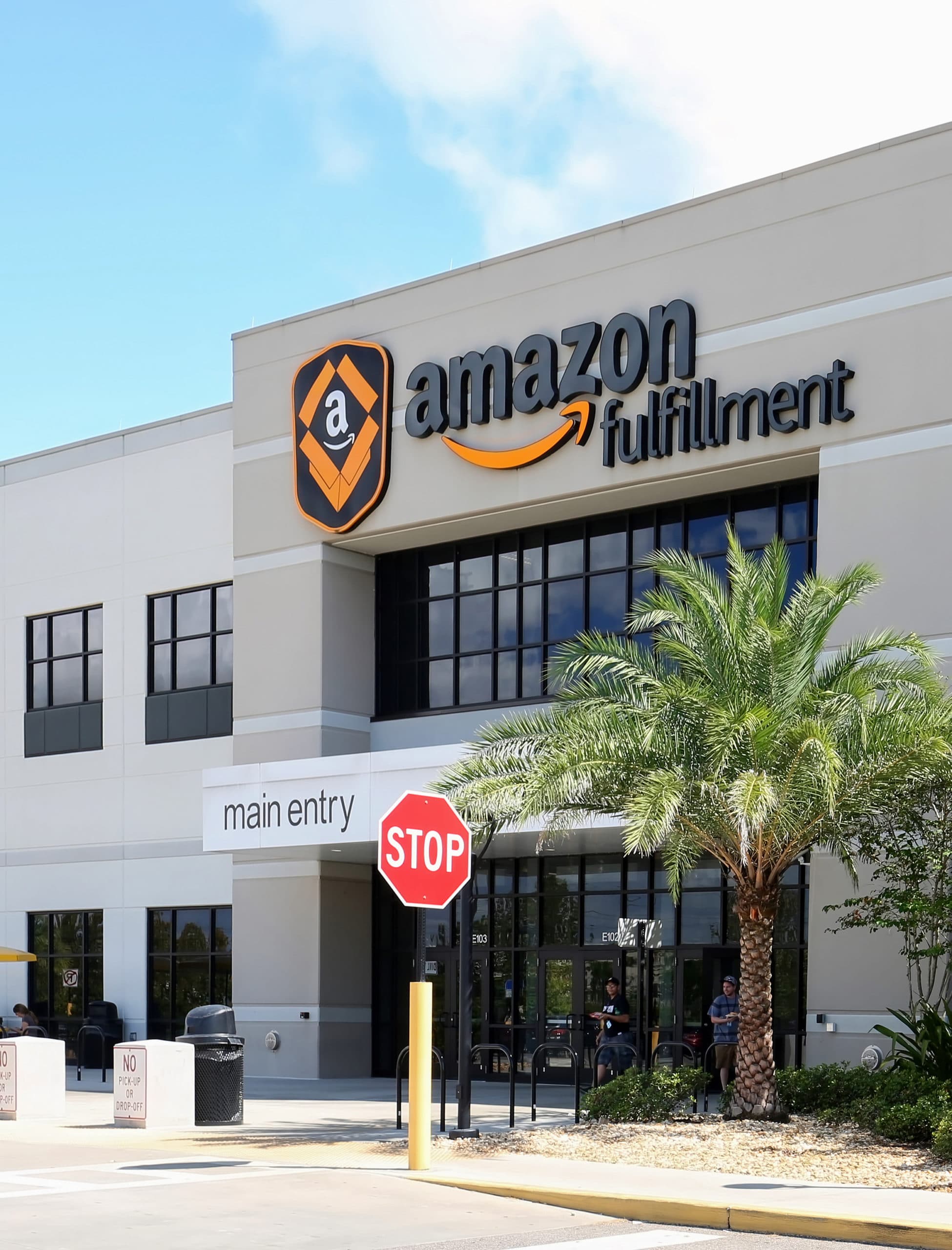
However, with the increased number of sellers from different countries, brands have to lower their prices to remain competitive. And while there’s a huge potential for more traffic to your listings, this doesn’t necessarily mean that your Amazon conversion rates will be high.
There are still a couple of factors that entrepreneurs should consider and improve, which leads to the emergence of advanced Amazon hacks to help listings stand out from the crowd.
How You Can Apply the Amazon Flywheel to Improve Your Brand
First, you need to get a napkin.
Just kidding.
The first thing you need to do as an entrepreneur is to prepare yourself mentally for what’s ahead. I know this sounds like some spiritual, self-helpy mumbo-jumbo, but hear me out.
Remember the initial force I kept on repeating earlier? This is an important consideration when you’re applying the Amazon Flywheel to your own business.
You need to be able to deliver that initial push to start the Flywheel’s rotation. It’s not going to be easy, and you may have to suffer losses—Amazon certainly did. So you have to be in on it for the long run.
The following are some steps you can take to apply the Flywheel to your own brand.
Develop excellent products.
No amount of marketing and excellent customer service can make up for subpar products. You need to develop high-quality items that your customers can actually appreciate.
Here are the steps you can follow to create the perfect product for your business:
- Pick a niche that you’re knowledgeable about, or better yet, are passionate about.
- Do your research about which products can be profitable, considering keyword search volume, the number of competitors, etc.
- Differentiate your product so it can stand out from the rest.
- Find the right supplier or manufacturer that can meet your quality standards.
- Negotiate with your chosen supplier to further lower the initial cost of the product or your MOQ. This will make it easier for you later on to attract new customers through lower prices.
After your supplier is done with the manufacturing, you should ask for samples because the last thing you want is for a whole container of defective or inferior products to arrive at your home port.
Pro Tip: There are third-party quality inspectors available in the country where you’re importing from. For a reasonable price, you can get detailed reports about the quality of your products even before they leave the factory floor.
Drive traffic to your listing.
The next thing you can do is to let more people know about your products. This can be done in a couple of ways, both inside and outside of Amazon.
Here are some of the things you can do within Amazon to increase traffic:
- Launch your products right by investing in PPC ads.
- Try to get as many reviews early on to gain traction.
- Consider doing giveaways and discounts during the first few weeks of launching.
On the other hand, to increase external traffic, the best thing you can do is to create quality content that gives value to your readers. This can take a few months or even years to build, but it’s going to be worth it in the long run.
Provide superb customer service.
Listen to your customers and get to know what aspects of your business they think you can improve on. Answer questions promptly and be generous about returns. It’s better to incur some losses and keep your customers happy than lose them one-by-one because you care about your profit too much.
Take note that “Collect Profits” is not included in the Flywheel although this is implied. This means that it is not that important in this strategy. Remember that the focus of the Flywheel is the customer. So whatever you can do to make the customer happy, do that.
Of course, you should do this within reason. We’re not building businesses to sell at a loss. Know where to draw the line and make smart decisions.
Furthermore, numbers are a great way to find out how you are doing as a business owner. Seller Central has a lot of features and metrics you can use to determine your account’s health.
You can go to your Seller Central dashboard and hover over Performance to access the Account Health page.
The Account Health page gives you the metrics you can use to determine which factors you need to look into to improve customer experience.
The first two columns, Customer Service Performance and Policy Compliance, are important to all sellers while the third one—Shipping Performance—is applicable only for those who fulfill their own products, i.e., those who did not avail of FBA.
Amazon Sellers Flywheel
The suggestions outlined above are based on the original Amazon Flywheel. There is, however, another version of the flywheel that is more focused on seller success. This is called the Amazon Sellers Flywheel, and it looks like this:
The main goal of the flywheel is growth. If you want to grow your business, you need to focus on three things:
- Getting more reviews
- Generating more sales
- Achieving better rankings
The way the flywheel works is: to get better rankings, you need more sales; to get more sales you need more reviews; to get more reviews you need more sales, and so on and so on. Once you get the flywheel spinning, one will feed the other.
First off, you need to ensure that you get sales for your product. This is important because Amazon’s algorithm relies heavily on sales to determine how products are ranked, i.e., the more units are sold, the better the rank.
But how about new products? To get sales during a launch, you should note that Amazon will send some traffic to new listings as part of the honeymoon period. But while the traffic is there, whether or not you make a sale depends on how you create your product page. Hence, you need to increase your conversion rate.
Here are some of the things you can do to optimize your listing:
- Highlight the benefits of your product in bullet points
- Use high-quality images that underscores the product’s features
- List out all specifications in the description
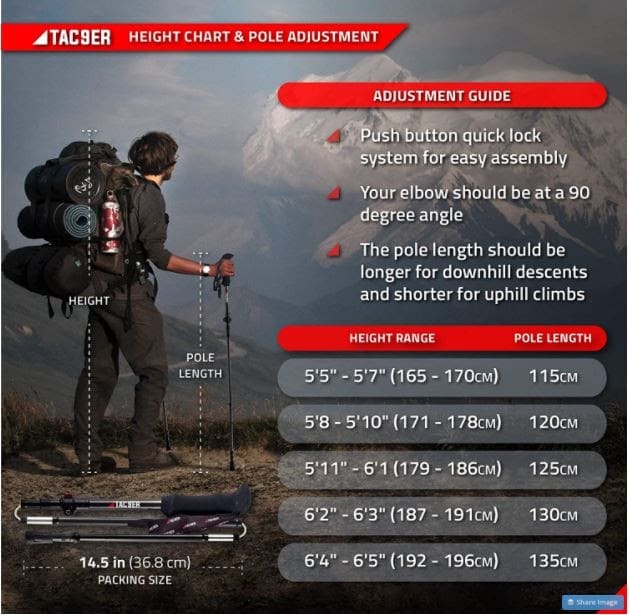
These sales will then power the next component of the flywheel—more reviews.
With more people buying your products, you will have a better chance of having more buyers leave a review, especially if you encourage them to.
To ensure that you get 4- or 5-star reviews, you can request from customers who
- Left positive seller feedback
- You’ve provided with customer service
You can also use inserts to remind buyers to leave a review, but make sure you don’t indicate that it should be a positive one.
The final component of the Amazon Sellers Flywheel is better rankings. Taking into consideration the increased sales and number of reviews, Amazon is more likely to give you a place on the first page of search results and maybe an Amazon badge or two.
The cycle continues, and each aspect of the Flywheel fuels the others.
Conclusion
The Flywheel strategy has catapulted Amazon into what it is today—a highly successful ecommerce company that controls a significant percentage of the market. It is an effective growth strategy that any business owner can implement in their own brands. However, it requires a certain level of dedication and commitment, one that won’t be easy to achieve.
Have you tried using the Amazon Flywheel to your own business? If so, how did it go? We’d love to hear from you.
